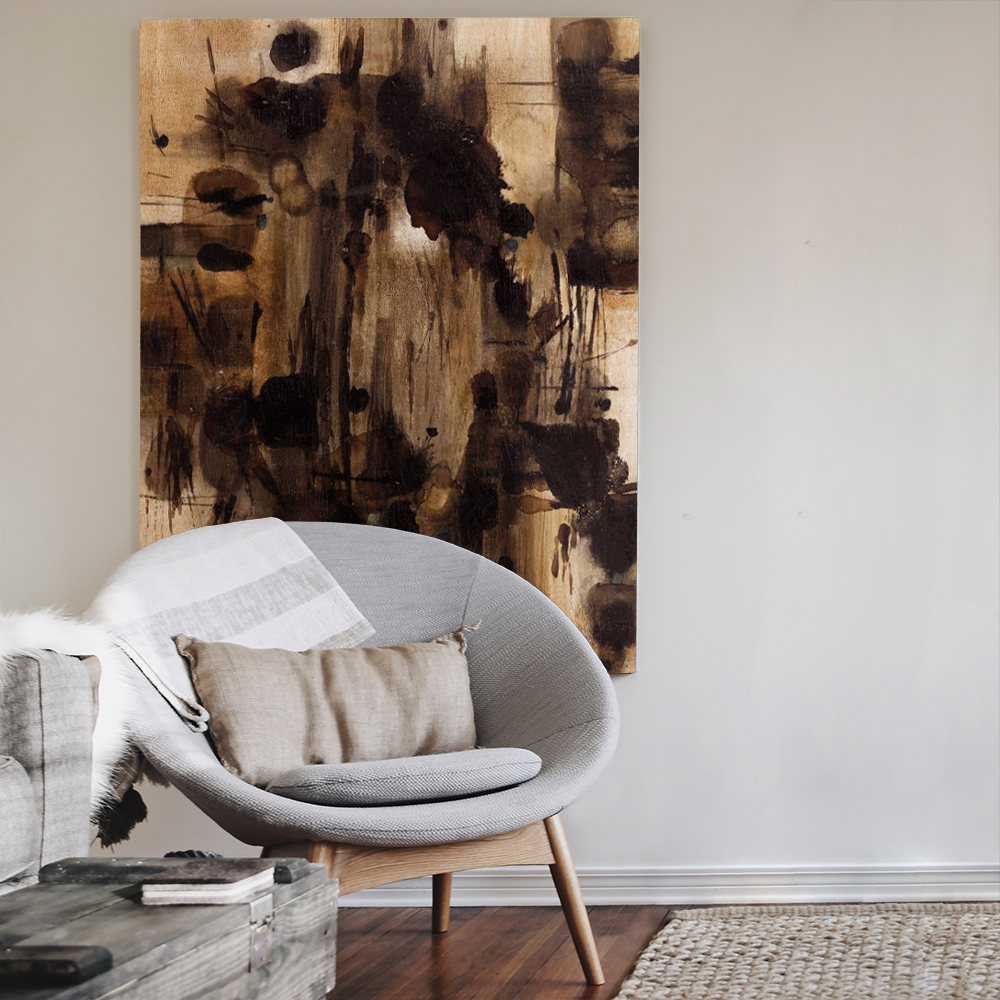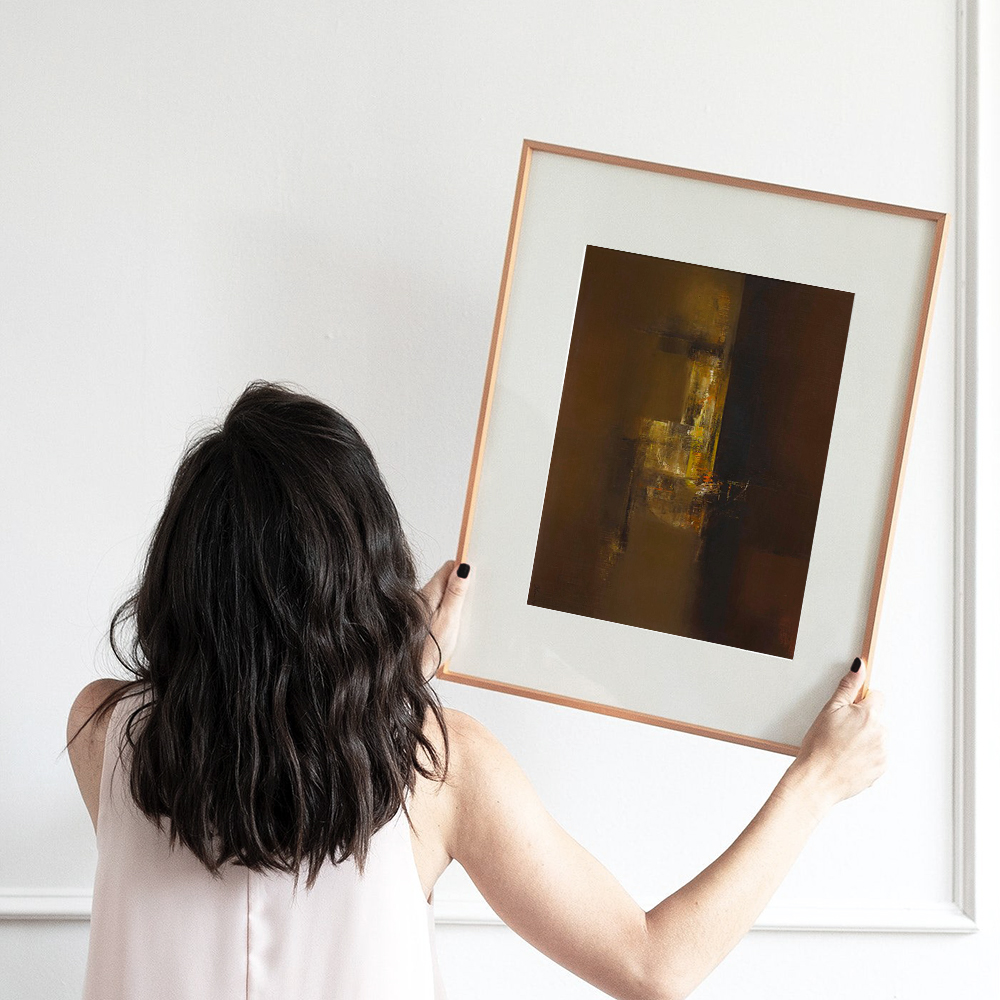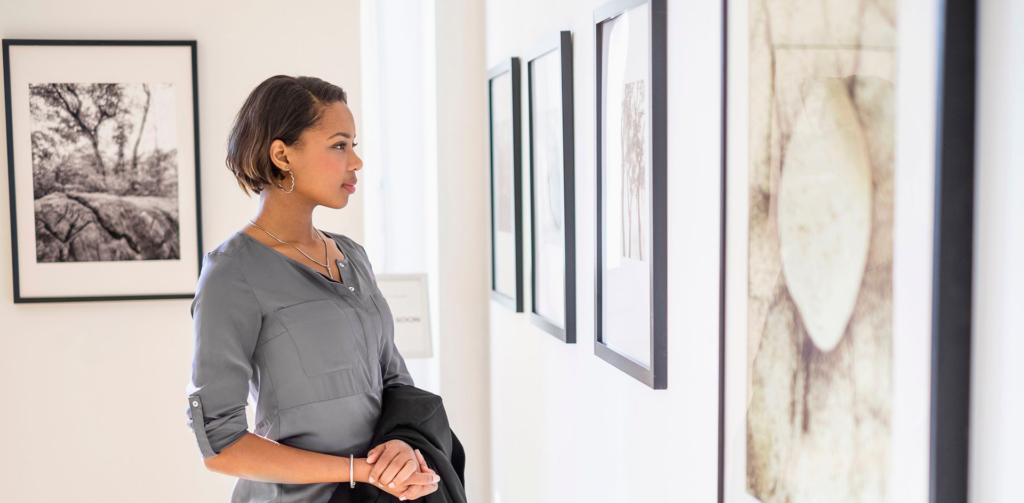

EVERYTHING YOU NEED TO KNOW ABOUT STARTING AN ART COLLECTION


WHY YOUR 20’S AND 30’S ARE A GREAT TIME FOR BUYING ART
AN ARTICLE BY OLIVIA BARRELL
If there is one thing an overdressed vernissage, invite-only events and skyrocketed prices reported by the media have done for the art world, it is to wrap it in a cloud of seeming elitism. It can be a daunting world that can appear to be reserved for those with boundless pockets. What if I told you that it was not?
The past three years have seen a major global shift in collecting, not only in the diversification of categories (Sotheby’s first-ever rare sneaker sale in 2019 comes to mind), but in the growing number of online sales and the broadening of collectors. “It is a younger audience, more and more” says Sotheby’s former Global Head of eCommerce, Noah Wunsch.
The art world has historically been associated with offering only the highest-end luxury product – but what if buying art turned out to be more than just a frivolous way of burning money. In fact, collecting art could mean potential investment for young adults in their 20’s and 30’s.
In many ways, the previous norms surrounding the secondary art market are shifting. The traditional art collector who travelled specifically to attend black-tie auction previews, liaise with specialists – who, whilst offering a glass of champagne, provided insights into a particular artwork – and arrived punctually to register to bid before the live auction began. These traditional ways of collecting are becoming more and more of a rarity with the increasing number of online sales, mobile live-bidding platforms (Christie’s LIVE™ app shows a live auction unfold in real time and allows you to participate from the comfort of your couch) and digitalised condition reports from specialists. Additionally, an array of high-definition photographs and videos allow the buyer to digitally inspect every detail of the artwork from halfway across the world.


Image by ANthony Behar for the New Yorker 

Image from Christie’s
Initially, e-commerce in the art world was encouraged by start-ups and other platforms before the auction houses decided to come to the virtual party. But with the emergence of a digitally-savy new collecting market, the auction houses decided to start catering for their blossoming collecting habits. “Sotheby’s has acquired many new clients through this new e-commerce channel,” explains Wunsch. Sotheby’s has seen exponential growth in their online sales leaping from 35 online sales in 2017, to 99 online sales in 2018 to 129 online sales last year – accumulating a total of $80 million.
What this means for the younger collector is a relatively new accessibility to the art world, specifically to the secondary art market, in terms of online bidding, new categories of sales and a broader range of more affordable price estimates. Using the example of Sotheby’s, they “had to almost work backwards” says Wunsch, in offering less expensive items for new collectors.
If we turn the magnifying glass to the South African secondary art market, 2019 saw prominent auction houses selling over 3000 lots online of which more than 60% was priced below R10 000.
Collecting art does not have to break your bank account. Many young adults when approaching their late 20’s and early 30’s, especially as one’s career becomes more established, migrate towards furnishing their homes. But in this increasingly digital age of working remotely and shifting between jobs, carrying around pieces of furniture seems to make less and less sense to this more nomadic generation. Instead of buying expensive design furniture or the latest sage-green refrigerator with no return on investment from the minute the plastic comes off, perhaps think about investing your money more wisely. What if you could buy art to decorate your home, a piece that you loved, with the potential of a return on your investment?


Many young adults when approaching their late 20’s and early 30’s, especially as one’s career becomes more established, migrate towards furnishing their homes. 

What if you could buy art to decorate your home, a piece that you loved,
with the potential of a return on your investment?
KNOWING WHAT TO BUY AND WHERE
The art world can be an intimidating place for an aspiring art collector with a plethora of artworks to choose from. Buying what you love is obviously key, as you have to stare at it each day – you don’t want buyer’s remorse for what could have been a pastel-coloured appliance. But doing some market research around the artwork you are thinking of purchasing, is an excellent idea. Any opportunity to resell an artwork falls within the realm of the secondary art market as the latter is defined as a marketplace for art that has already been sold at least once. In contrast to the primary art market that refers to the initial sale of an artwork.
Read here for more information on the difference between the primary and secondary art market.
So logically, market research would entail investigating whether an artist’s body of work has been sold on the secondary art market in the past, i.e. whether their artworks have a history of being resold. It can sometimes be as simple as browsing online auction results for any sign of the artist in question. In addition, this will help you gage how much demand there is for this artist’s work on the secondary art market – are the works mainly selling within their predicted estimates, above them or going unsold? Does there appear to be a gradual rise in demand for pieces by this artist or a tapering off of demand?
This is not to say that anything is written in stone – understanding that cast-iron certainty is generally not a concept associated with the art world is a second key to collecting – but these are small tools to help a young collector manage future potential for investment. It goes without saying that trending demands for a particular artist can rise and fall like waves over time and that new artists enter the secondary market on a fairly frequent basis. Furthermore, whilst certain experienced or fortunate collectors are able to predict trends between the primary and secondary markets, the possibility of resale for aspiring collectors is slightly higher in pre-established secondary market artists.
No matter what you buy or how much you can set aside for art investment, collecting is a personal journey that can be immensely rewarding. In the words of Gertrude Stein, “You can either buy clothes or buy pictures.”




